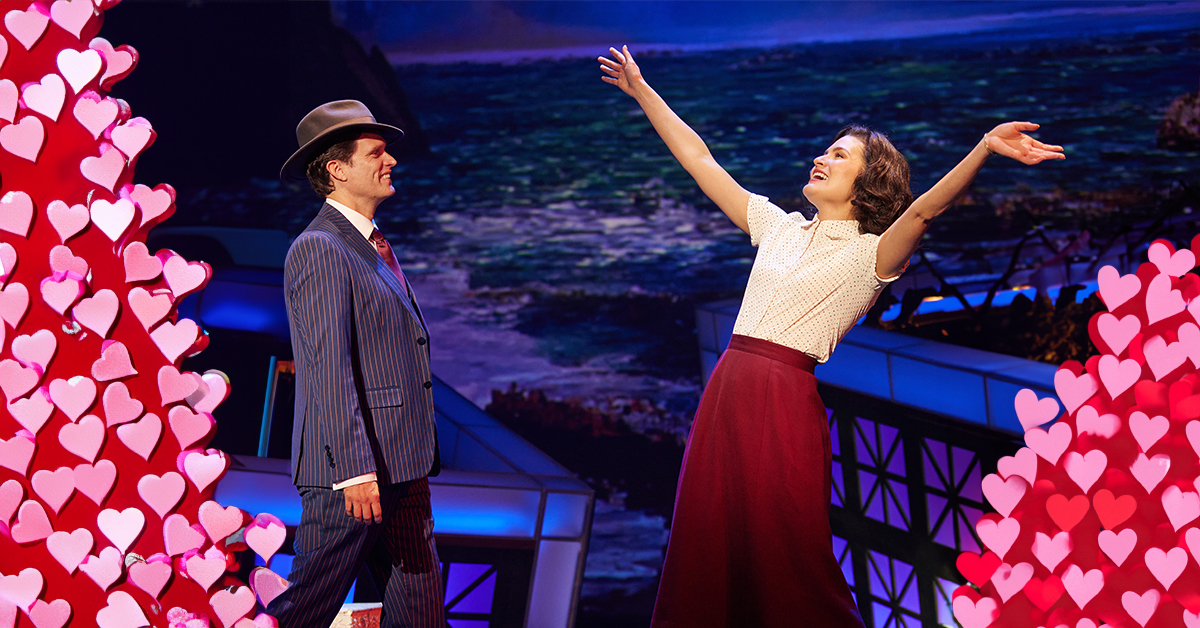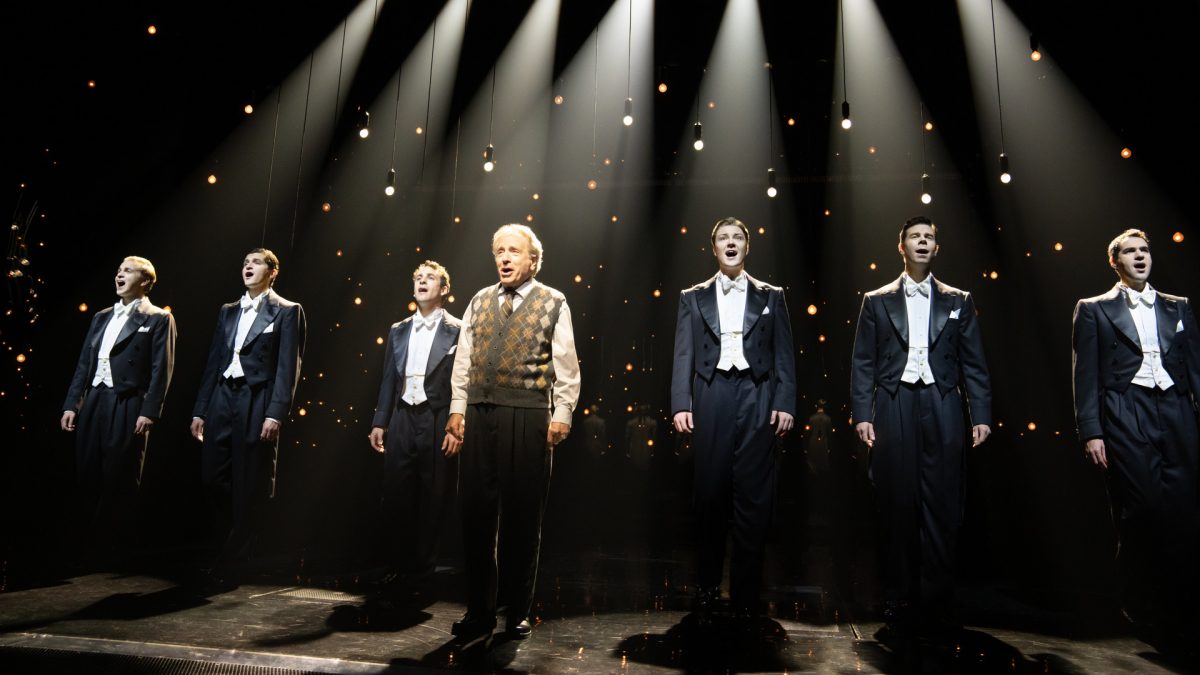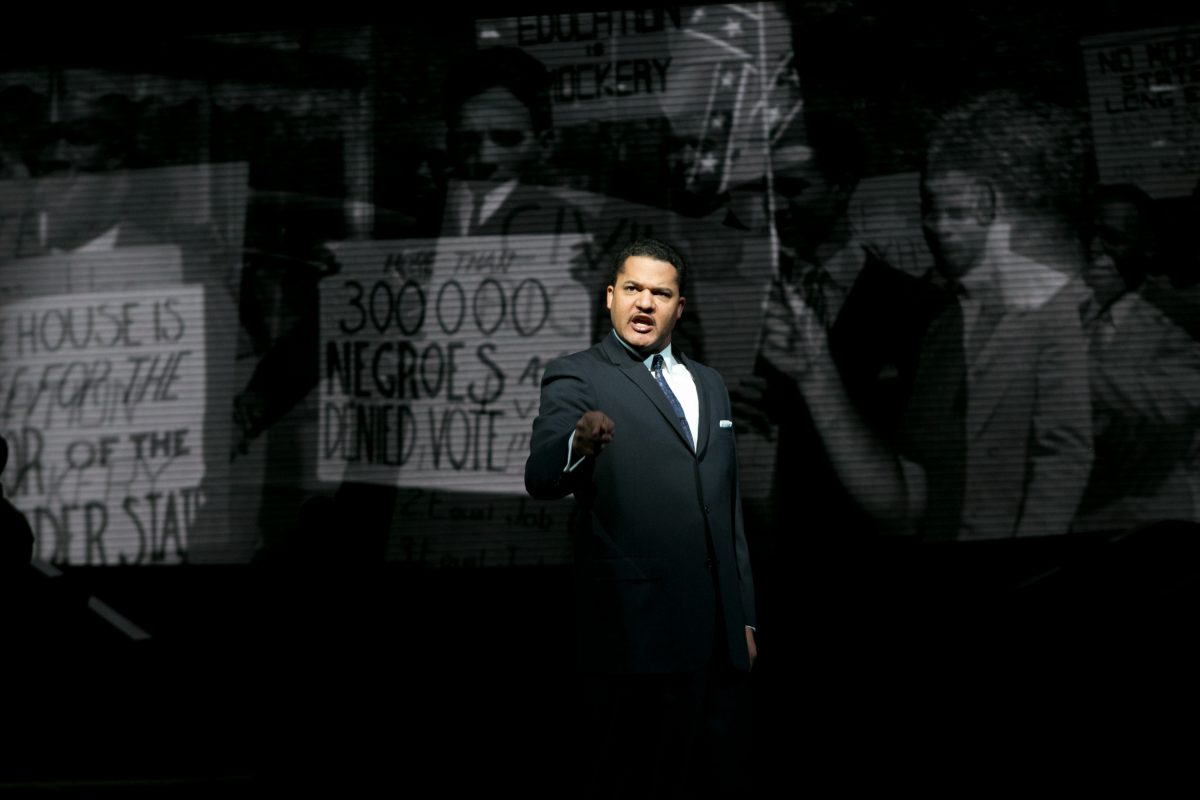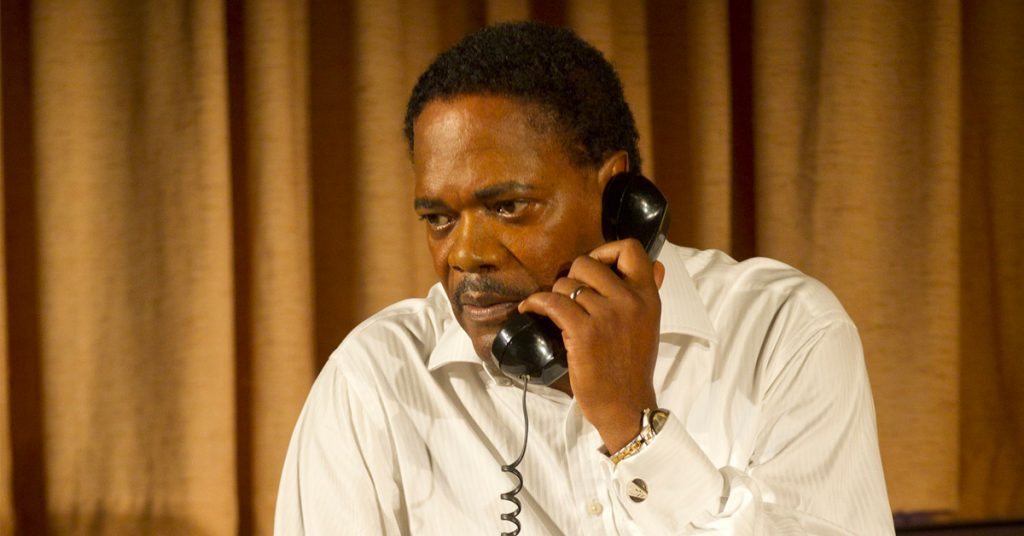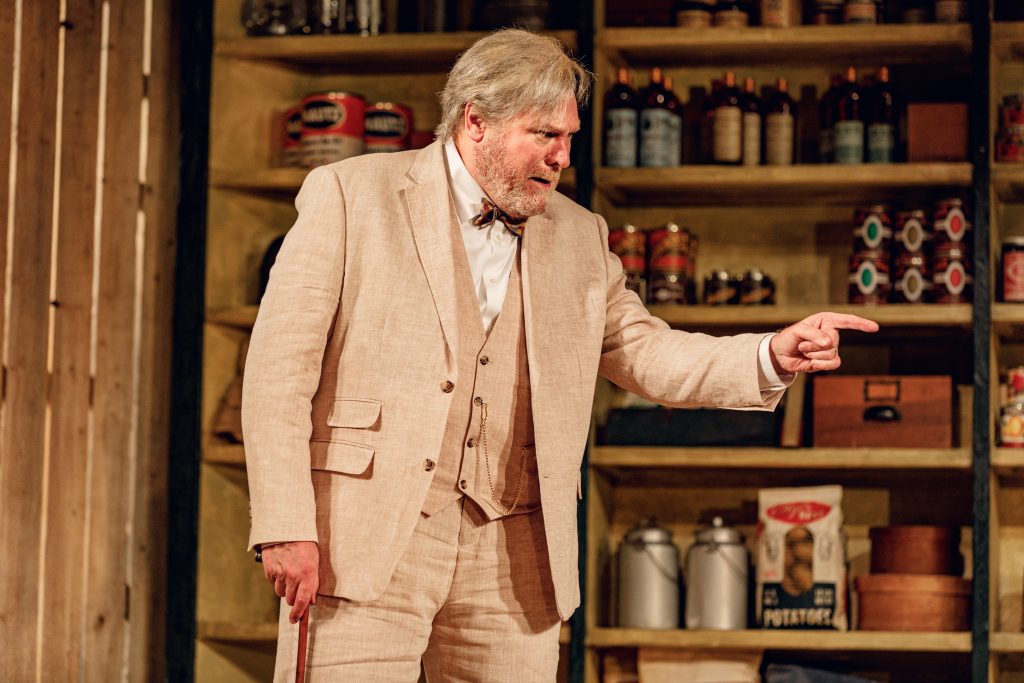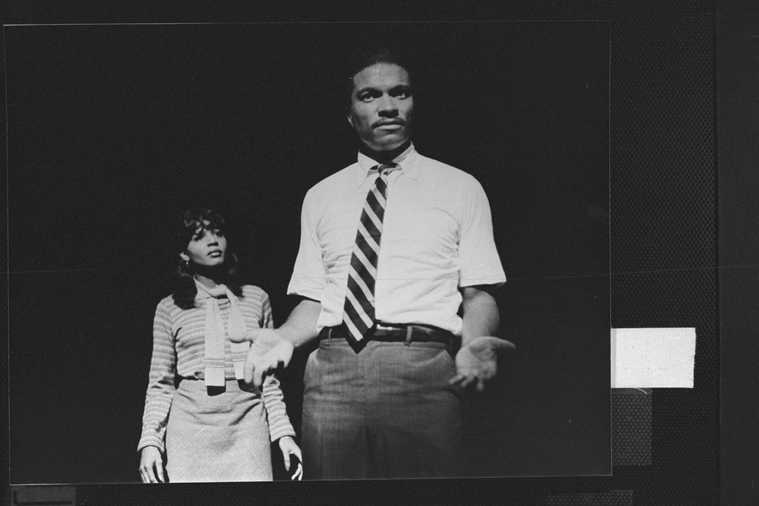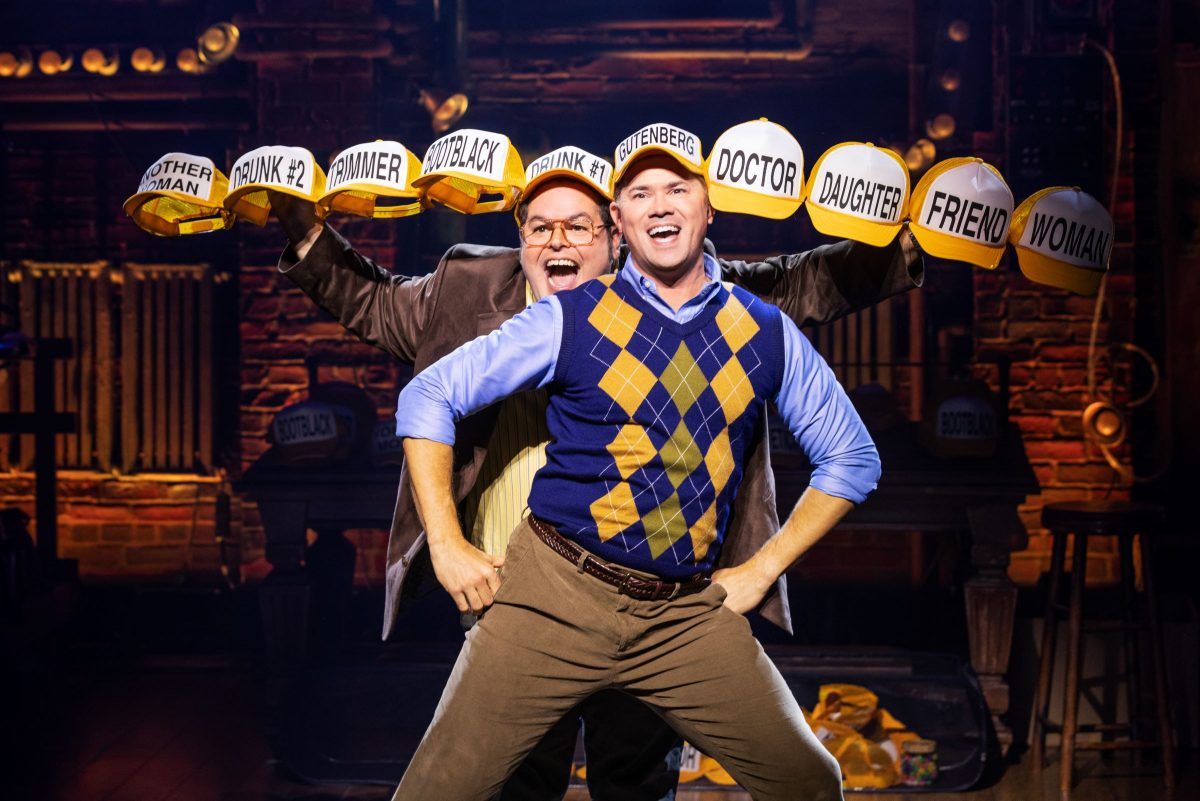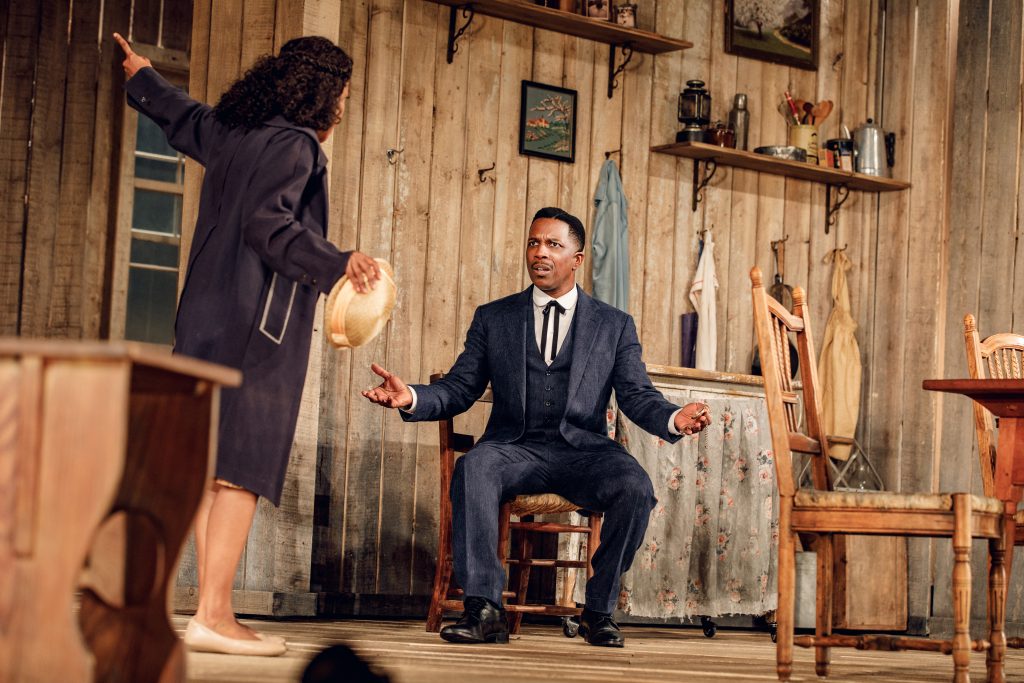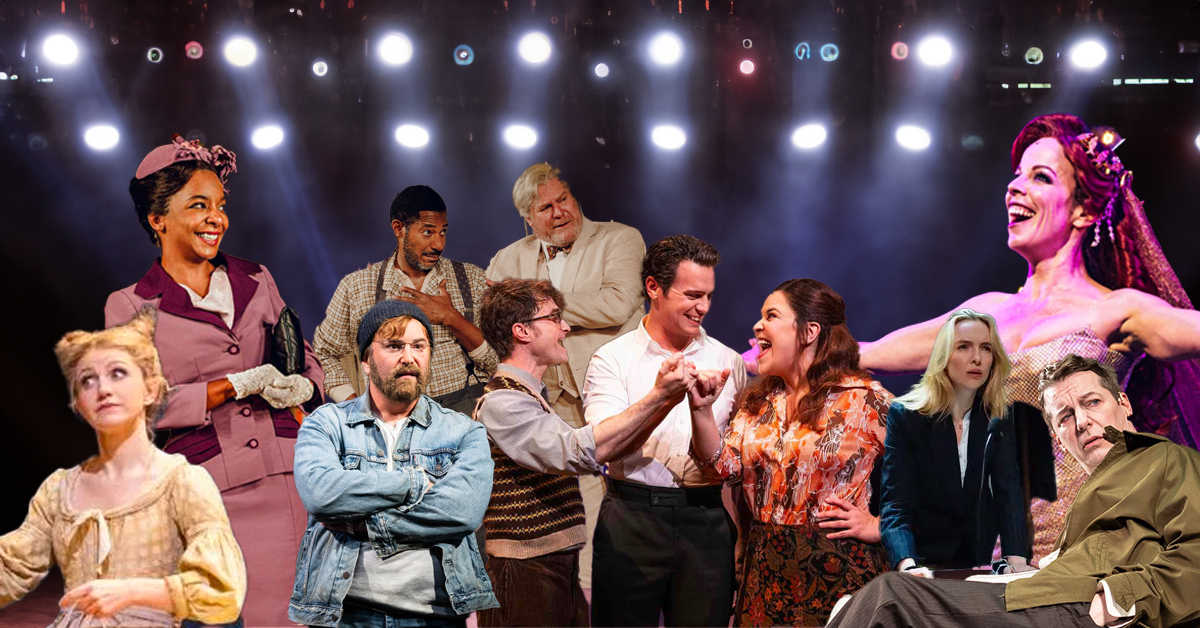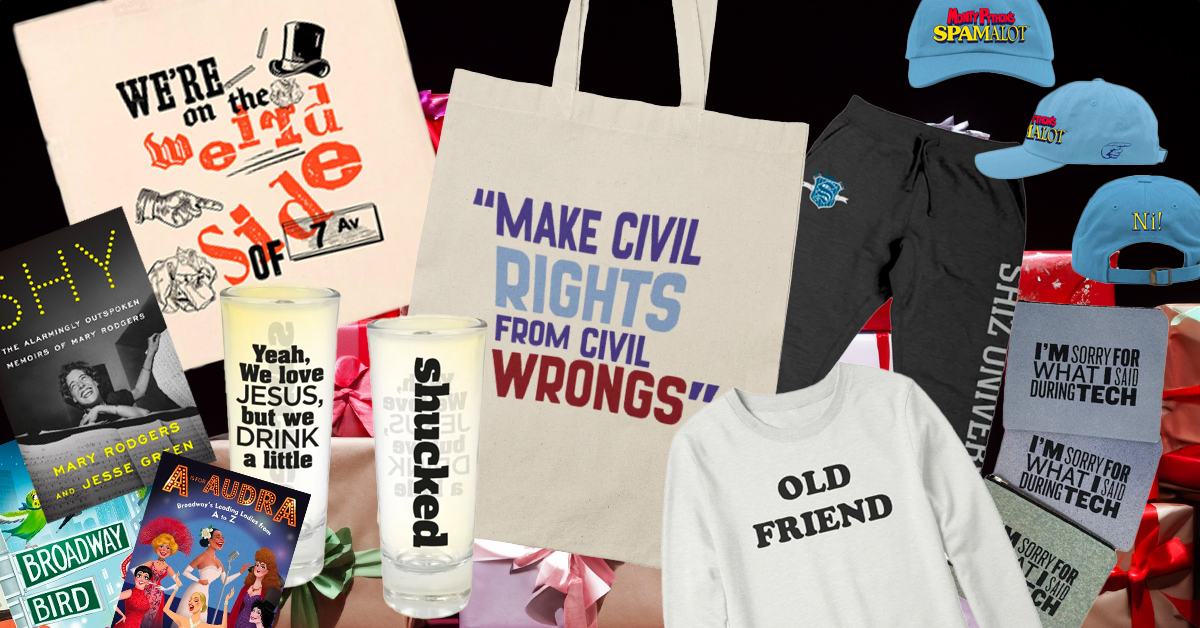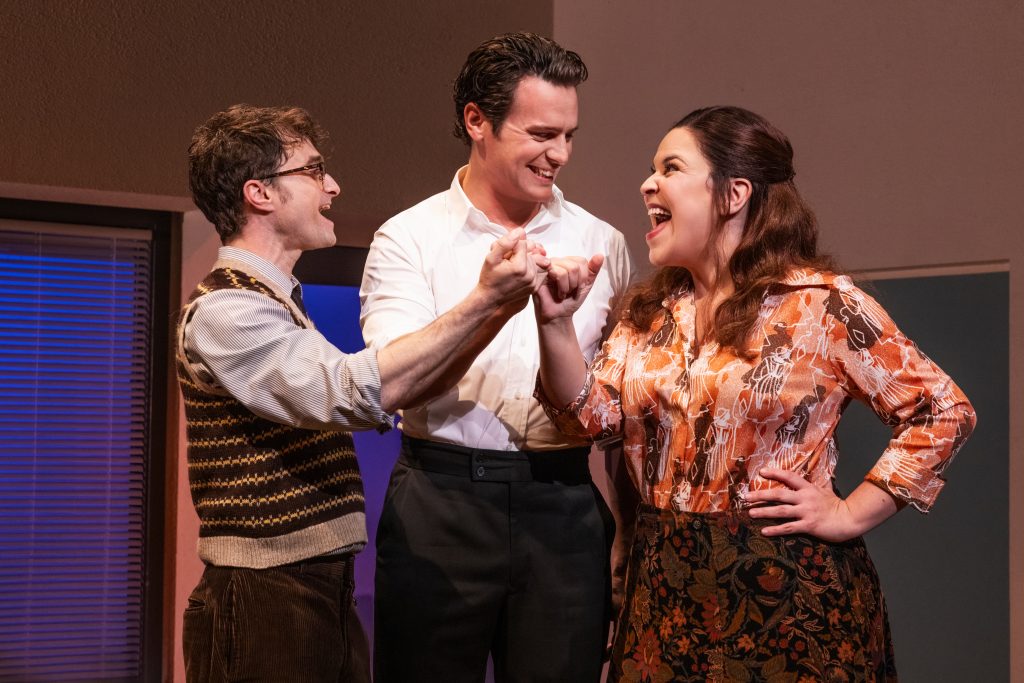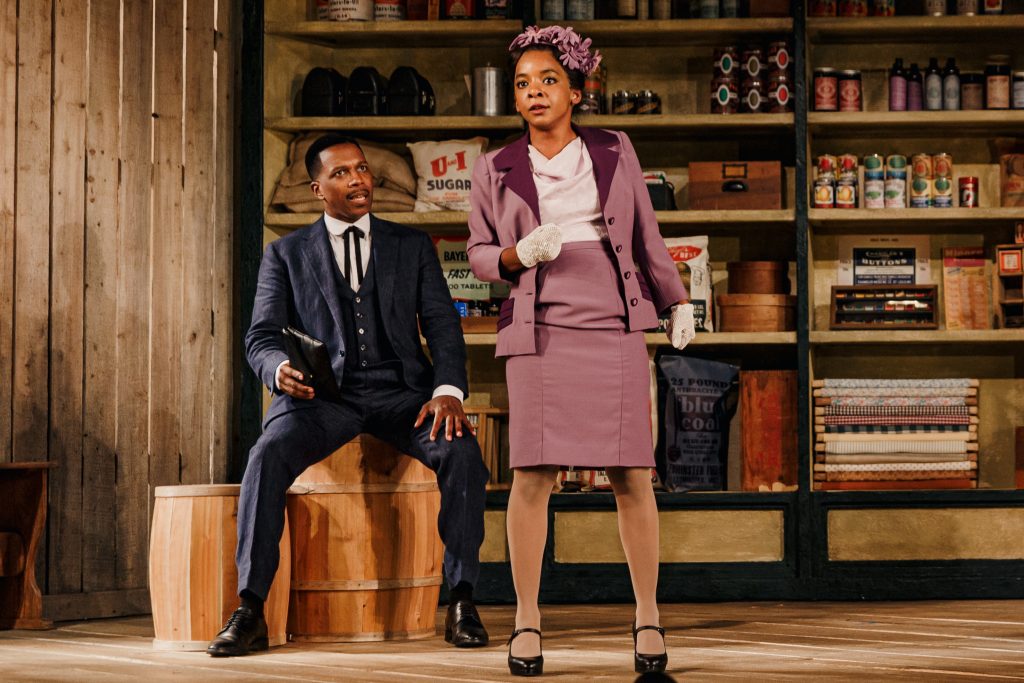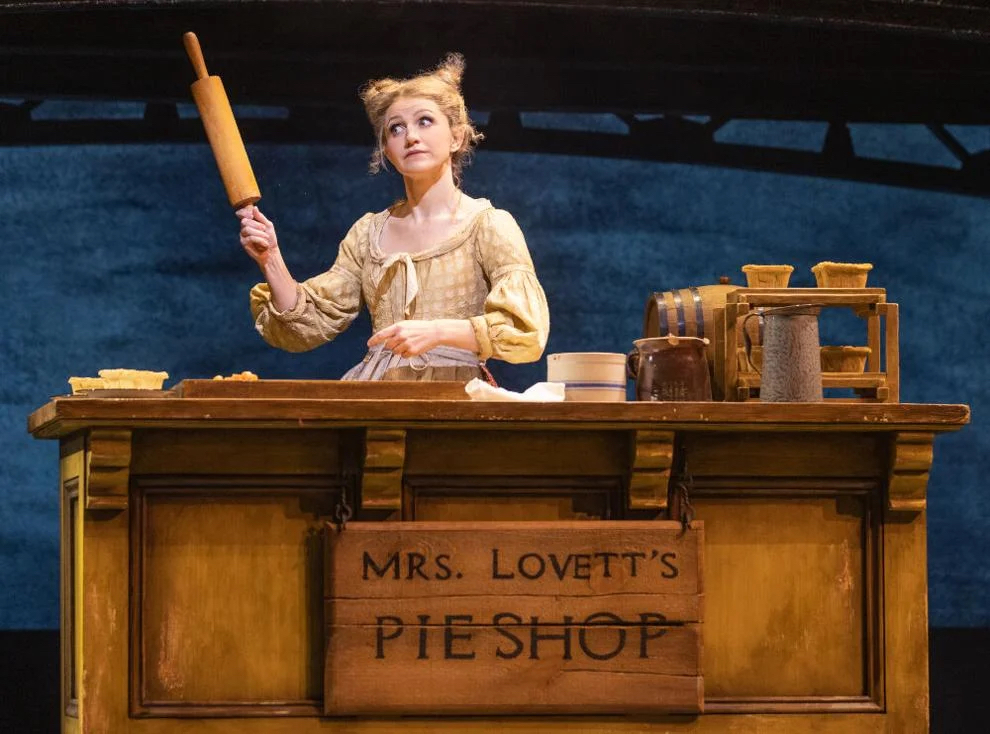by Ben Togut
Brandon Gloster and Brooklyn McLain had both been working in theater for over a decade when the opportunity to start their own merch company presented itself. In 2020, when the producers of Thoughts of A Colored Man reached out to Gloster looking for a Black-owned agency to design merchandise for their production, no such company existed yet. With experience in merchandise management and a desire to expand conversations about diversity in theater, Gloster jumped at the chance. After getting McLain on board, Merch. was born.
“We sat down and said, ‘Okay, this is what the business needs and the licenses and LLCs and stuff like that,” Gloster told Broadway’s Best Shows. “‘This is what Thoughts of A Colored Man needs in terms of merchandise, shirts and logos,’ coming at it from selling merchandise and then spinning that into creating. It was a bit of a learning process that we all thought we knew enough to get us through, but it was definitely a crash course.”

What started as a side hustle soon became a full time endeavor as word spread about the company.
“Before we knew it there was another opportunity and another opportunity and another opportunity and we hit the ground running,” McLain explained. “We learned the business very quickly and we went from one show to five before we knew it.”
Following their success with Thoughts of A Colored Man, Merch. has designed merch for shows such as Purlie Victorious, Ohio State Murders, and How to Dance in Ohio. As owners of the only Black-owned merch company on Broadway, Gloster and McLain hope to convey their distinct perspective in the merchandise they design.
“We like pushing creative boundaries and trying to come up with really unique things,” said Gloster. “Not just as consumers of theater and consumers of theater merchandise, but also just as people of color, with a different point of view or with a different voice in this space.”
While brainstorming for a show, McLain approaches merch from an aesthetic standpoint, pulling colors from the show’s artwork and going through the script to find quotes to include in product design. When deciding what items to make for a show, he thinks not only about what he calls The Big 5—t-shirts, hoodies, tote bags, magnets, and window cards—but also about unique items he would’ve wanted as a theatergoer.
“We try to look for that unique item, those special moments in the show,” McLain said. “And that comes from reading the script, seeing archival footage, talking to the producers, talking to the creatives to see what their vision is and if that can relate to merchandise.”
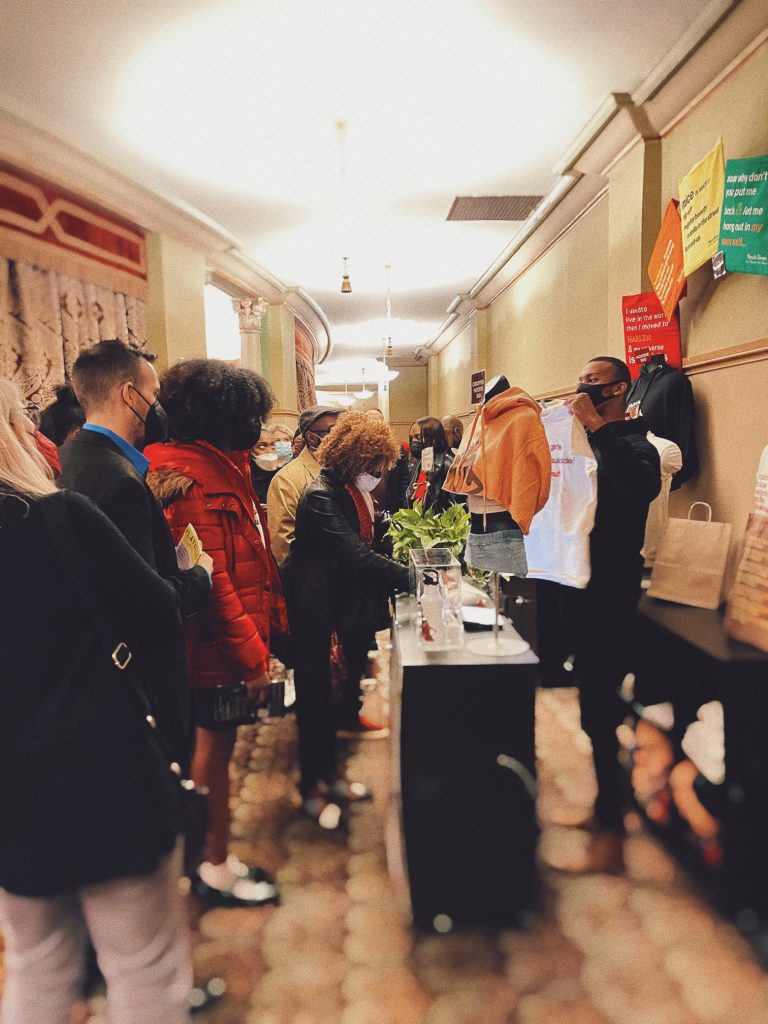
For the duo, working together is a process of yin and yang. While McLain’s primary focus is the visual, Gloster is mainly focused on the strategic, finding ways to execute his and McLain’s vision in the time before a production opens.
“We’re kind of macro and micro,” Gloster explained. “I say, ‘okay, this is in six months’ time. If the show is running at 50, 60, 70% capacity, this is how much we need of this. Our creative process is very design heavy, and then I’m [focused on] how all of that then translates to what the audience sees.”
Gloster and McLain are currently working to overhaul their internal practices as Merch. transitions from a startup to a small business. Part of this transformation includes the launch of “Theatre Club,” their in-house brand that celebrates the theater kid in us all. They hope to use their growing influence in the industry to celebrate underappreciated Broadway professionals and drive conversations about accessibility in theater.
“There are other people that we want to celebrate in this industry and we’re trying to bring a little bit more attention [to them] in a fun, styleable, fashionable way,” Gloster told Broadway’s Best Shows. “We want to continue just digging our feet into this community and being able to continue giving jobs to people, to continue expanding as a business so we can continue innovating and continue bringing our ideas and our vision and our hopes and dreams for what this industry can look like five to 10 years down the road.”
Gloster and McLain also want to use their growing foothold in the Broadway community to foster the next generation of theater lovers. One of their dreams is to start a foundation that provides resources and guidance to kids who hope to work behind the scenes in theater—areas like props, costumes, and lighting. They hope to share the wisdom they’ve gained by working in theater to transform the industry for the better.
“We’ve both worked in this industry for so many years now and we now have the ability to take this entity that we’ve built and grown to bring more people into this industry to do the exact same thing that we’re trying to do,” Gloster said. “Competition is good. Diversity in these conversations, it’s good, it’s helpful. It helps drive art and passion within people and I think that if we can do that, starting with the things that we put on our backs, that’s great.”

